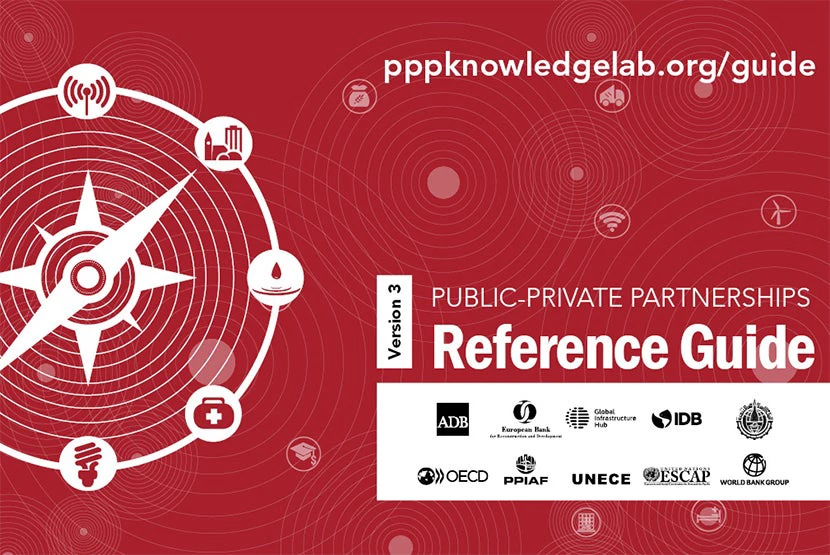In New York on September 25, 2015, an extraordinary event took place: 200 developed and developing countries agreed on the Sustainable Development Goals (SDGs). The development of sustainable infrastructure is at the core of the SDGs. Unfortunately, to procure such infrastructure, a constant issue is inadequate financing.
Recently, there has been an increased emphasis on crowding in private sector financing to alleviate these deficiencies. To do so, infrastructure governance and decision-making processes need to improve. If we fix the governance gap and help governments make choices that are transparent, clear and standardized, projects will be better chosen and designed; funding mechanisms (either user fees or government payments) will be more credible; private investors will feel more secure; and investment will follow. To begin to address these points, it is important to understand what the key challenges for infrastructure governance are.
An analysis published by the Organisation for Economic Co-operation and Development (OECD) entitled Getting Infrastructure Right: The Ten Key Governance Challenges and Policy Options identifies and explores the key elements of a sound governance framework for sustainable infrastructure as follows:
- Develop a strategic vision that addresses infrastructure service requirements.
- Manage threats to integrity by integrating anti-corruption mechanisms throughout the project cycle.
- Choose how to deliver the infrastructure.
- Ensure a sound regulatory design.
- Integrate a consultation process that considers public opinion and relevant stakeholders.
- Co-ordinate infrastructure policy across all levels of government.
- Ensure the project affordability and value for money.
- Organize and execute infrastructure policy based on data.
- Ensure asset performance throughout its lifespan.
- Guarantee the resilience of public infrastructure.
The recently released PPP Reference Guide (Version 3) addresses the issues related to infrastructure governance in PPP projects in greater depth. Section 1.2, Infrastructure Challenges and How PPPs Can Help, presents the main obstacles and solutions associated with infrastructure investment. For example, infrastructure projects frequently involve large sums of money and are susceptible to corruption and bribery. Moreover, the quality of public infrastructure delivery tends to be disappointing as construction is lengthy and costly and assets are often poorly maintained.
The introduction to Module 2 explains how infrastructure projects can only function under a sound governance framework. This consists of procedures and institutions that identify how PPP projects will be identified, assessed, selected, prioritized, budgeted for, procured, monitored, accounted for and who will be responsible for these tasks. The establishment of a specific PPP framework can communicate a government’s commitment to PPPs and fosters efficiency in the governance of a PPP program by promoting accountability, transparency and integrity. The components of a comprehensive PPP framework generally include the following: policy, legal framework, process and institutional responsibilities, public financial management approach and other arrangements such as auditing.
To learn more, please read the PPP Reference Guide (Version 3).
Related Posts:
New from the PPP Knowledge Lab: The Public-Private Partnership Reference Guide onlineA new role for development banks?



Join the Conversation